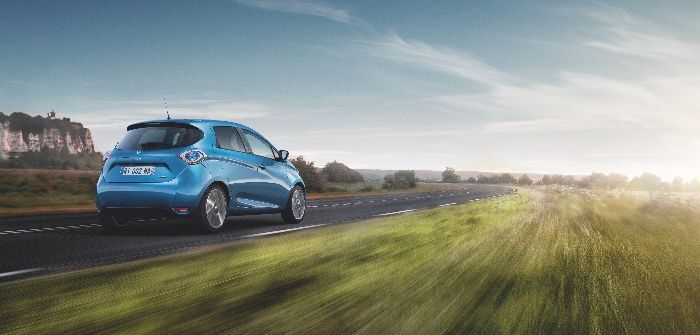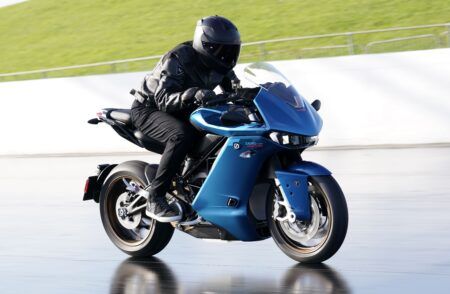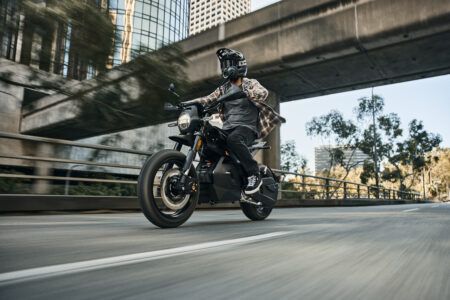The updated Renault Zoe benefits from a more powerful 80kW (110hp) electric motor. Dubbed the R110, the new motor boasts 12kW (16ps) more than the old R90. E&H Vehicle speaks to Eric Feunteun, Renault’s program director, electric vehicles, about the changes needed for the additional power and the future of powertrains at the OEM.
How have you achieved more power with the new motor?
The good thing about the e-motor is that the technological gap between two levels of power is quite small. It’s often achieved by software alterations – changing the level of energy or current you put through the cables – or in some cases, some minor changes to the way the cables are wired. The weight of the new motor is very similar to the old one, so the physical changes are marginal. It’s more about the way the energy inside the motor is routed that is the biggest change.
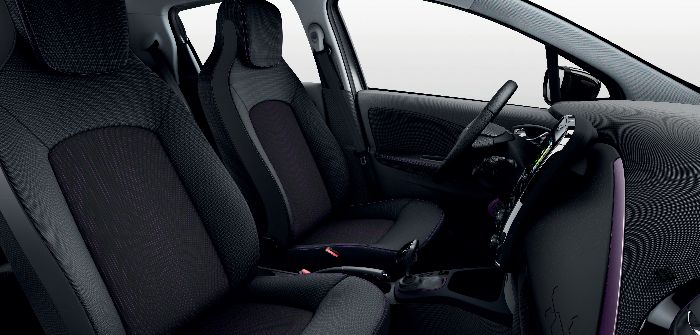 What did you learn from the previous model?
What did you learn from the previous model?
We first introduced the old motor and the 400km (250 miles) NEDC battery in 2015. With this new battery, we learned that people go on the highway far more. They found the instant torque of the e-motor very exciting at low speed, but because we used to have only 65kW, there was a lack of power at higher speed. Based on that feedback from the customers we increased the power. It made a big difference in making the car more multi-functional, even though technologically, increasing the power is not that complicated.
How does the higher performance affect the range?
If you perform exactly the same acceleration cycle, there is no difference. Of course, because you have the possibility to do more acceleration there is a small gap. However, the potential range is influenced by so many different factors, so from a customer’s point of view, establishing these factors and getting to know your car is key. The motor has not significantly affected the range. With the new WLTP cycle, each version will be rated for a different range.
Does the new motor have an effect on the overall EV architecture?
No, we didn’t restructure the layout at all. For the new 2018 version we didn’t just focus on the new motor. There are a lot of other new innovations, such as an Android smartphone application.
Will drivers notice anything in terms of how the motor responds during driving?
Yes, they will really feel the difference, particularly at high speeds. The new car is more than 2 seconds faster when accelerating from 80-120km, which is quite significant. That’s really where you will see a difference. Even at low speeds the previous motor would keep up with motor bikes, so the difference is really felt at higher speeds.
 Are there plans to use the motor in other applications?
Are there plans to use the motor in other applications?
We just launched the new version of the electric Kangoo Z E with a new motor last year. Clearly, power is not as important in a Kangoo, so my view is that at this stage it’s not a key topic to introduce the new motor on the rest of the range.
The motor was developed in two years. With increasing expertise, can we expect to see new iterations of the technology more frequently?
With the increase of EV sales, we can offer a more diverse range of products, and for any single product, there will be more choice in terms of motor configurations. The investments needed to increase the power output or character of a motor are far smaller than with internal combustion engines, so that gives us more flexibility.
On the other hand, I don’t feel that ever-increasing power outputs are something that real EV customers need. Of course, we will continue to increase power outputs if that is necessary to remain competitive, but in reality, I’m not sure that going beyond 80-100kW has any real value to customers.
I just learned recently that Tesla launched the ‘Zen’ mode and I think that shows that the unlimited race for torque and power is not needed for EVs. The DNA of Renault is to offer technology at an affordable price, so if it is costly and it doesn’t bring value to the customer, we will think twice about doing it.
Are you already working on the next version and if so, can you tell me anything about what learnings you have taken from this version?
We will open orders for this version in the coming weeks, so we are still working actively on the manufacturing of this car. We currently have quite a wide offering, so future efforts will mostly involve improving each car, rather than expanding our offering even more. There will definitely be news every year. I can tell you we have started development of the next version and that we will have news soon, but I can’t give any more details today.
How flexible must Renault be in terms of its long-term powertrain strategy?
To answer this, we need to separate the motor from the battery. On the motor side, the current generation is very competitive, and it can be used it various applications from the Master van to the Zoe and I think that’s unique.
Now, the goal is to ramp up the volume for this motor. The second step – as we announced in our mid-term plan – is to develop a new platform that includes a new generation of e-motor and will be launched after 2020. This platform will be shared with our partner Nissan. That is not currently the case, so it will give us a significant breakthrough in cost.
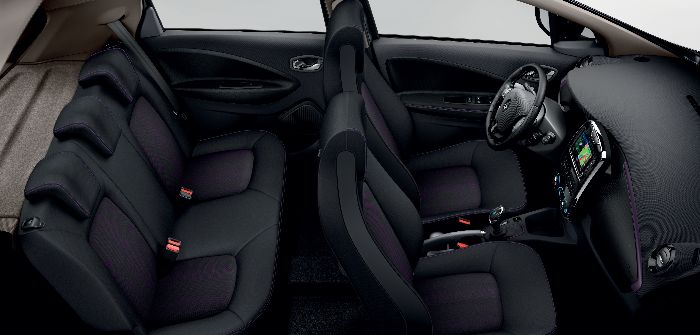 The important thing on the Zoe is that the motor will not be a permanent magnet, which means no use of rare earth materials. This is very important for costs because rare earth materials are expensive and difficult to source. On the battery side, this differs for every car, as the battery is molded to the underbody and therefore dependent on shape of the car.
The important thing on the Zoe is that the motor will not be a permanent magnet, which means no use of rare earth materials. This is very important for costs because rare earth materials are expensive and difficult to source. On the battery side, this differs for every car, as the battery is molded to the underbody and therefore dependent on shape of the car.
We are very closely following improvements in the chemistry and updating our cars, without compromising on safety and durability. On the next generation of platform, batteries will be the center and will considerably reduce in cost.
Do car makers need to keep their options open?
With the Renault-Nissan Alliance, we have a range of technologies open to us, so we can always choose, but we believe the real destination of our company is electric vehicles. We are investing in that and what we see today is that this was the right choice.
Are we living in the last age of the diesel?
I think we have to be quite clear: the destination for us is EVs – no doubt. The question is how fast we get there and how. There is still room for diesel, and we have competitive diesels which will become more and more expensive due to regulations. There is room for gasoline and for all kinds of hybridization, so diesel is part of the game. I don’t think there will be a revival as such for diesel, but sudden death, I don’t think we will see that either.
We are investing hugely at the moment to cope with new regulations, but it’s true that the volume of diesels will decrease, and I don’t see a revival. Hydrogen fuel cells are a question for the future – we’ll see. Right now, the main issues are the cost and quality of batteries.


